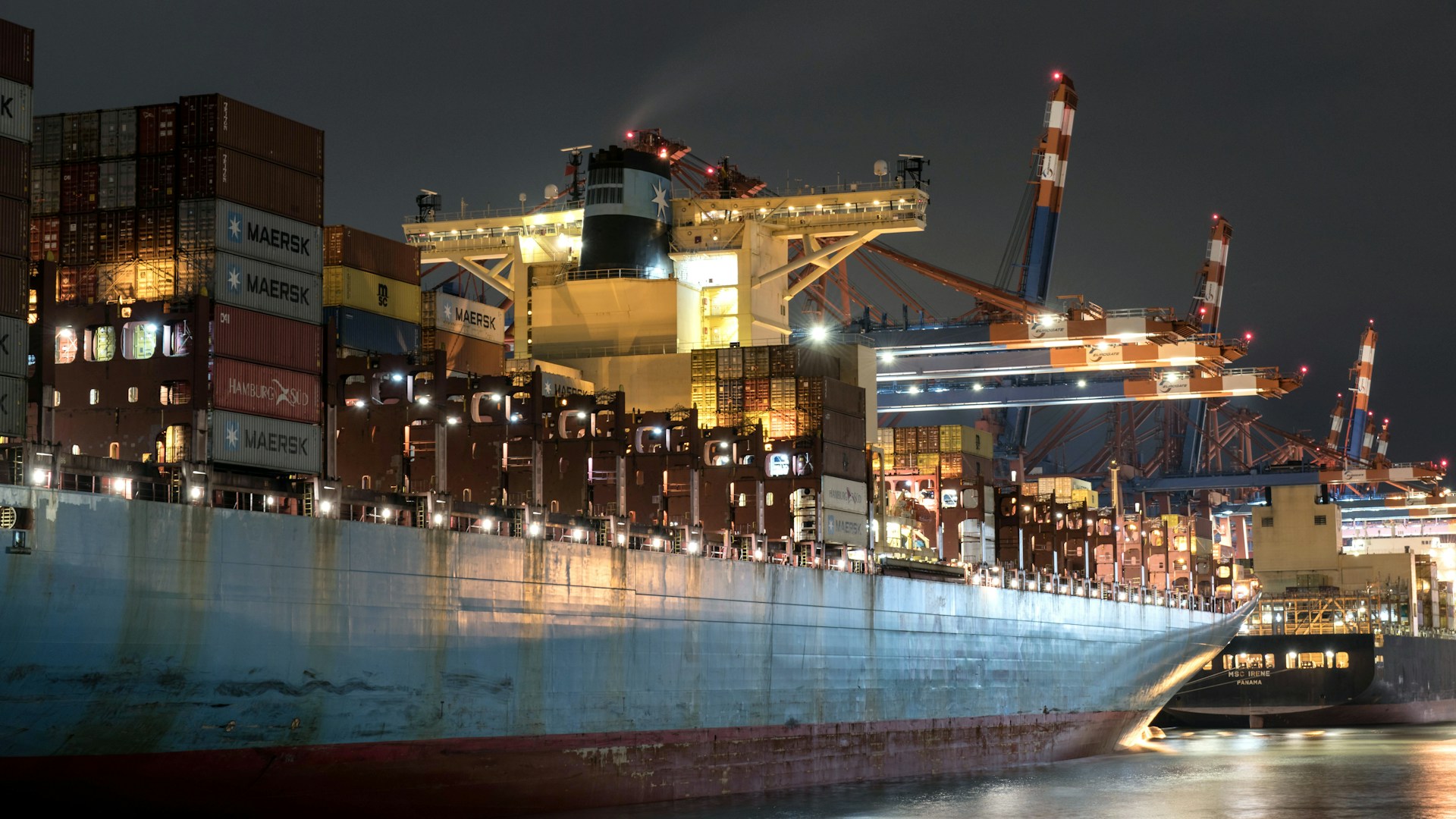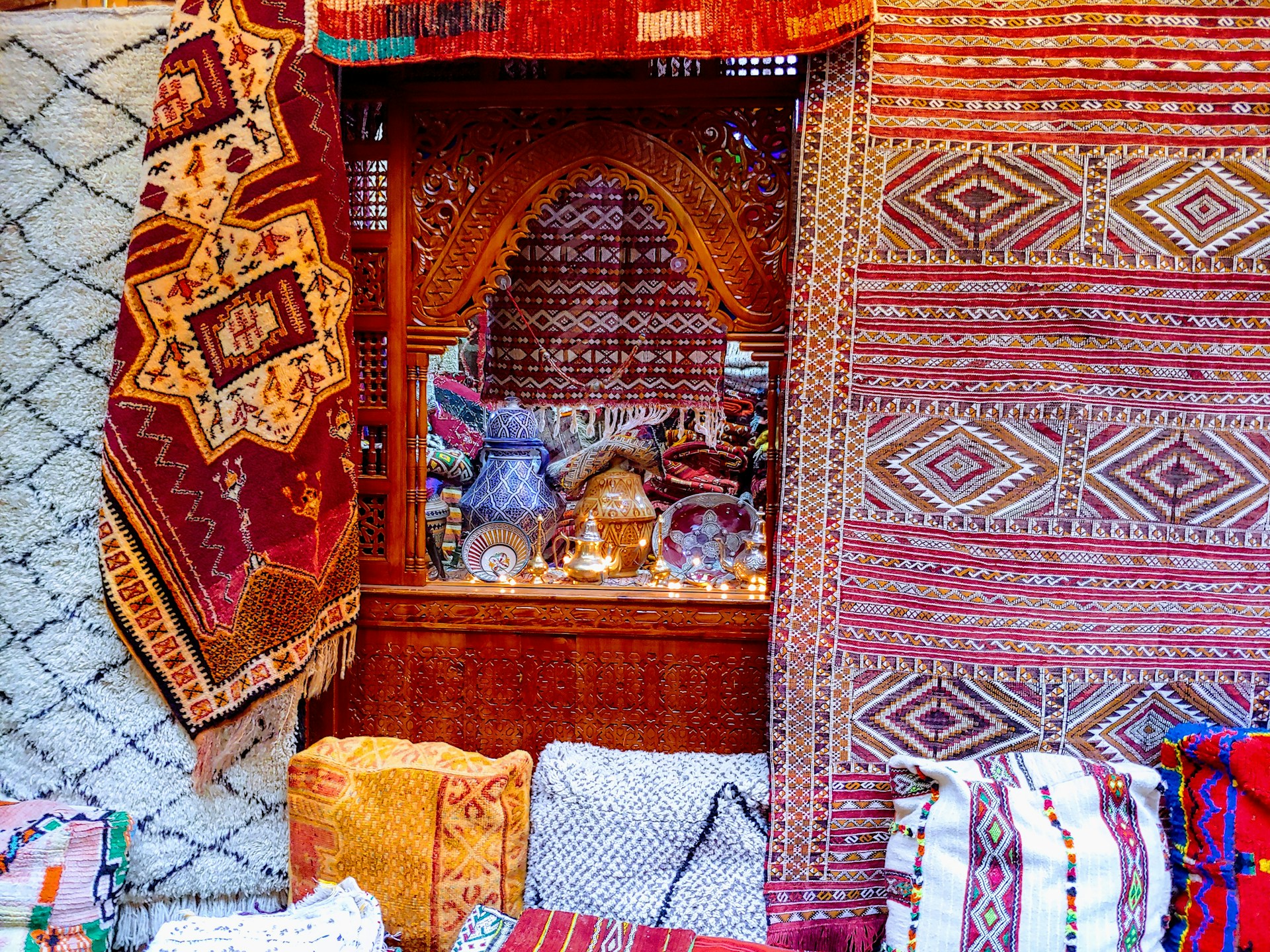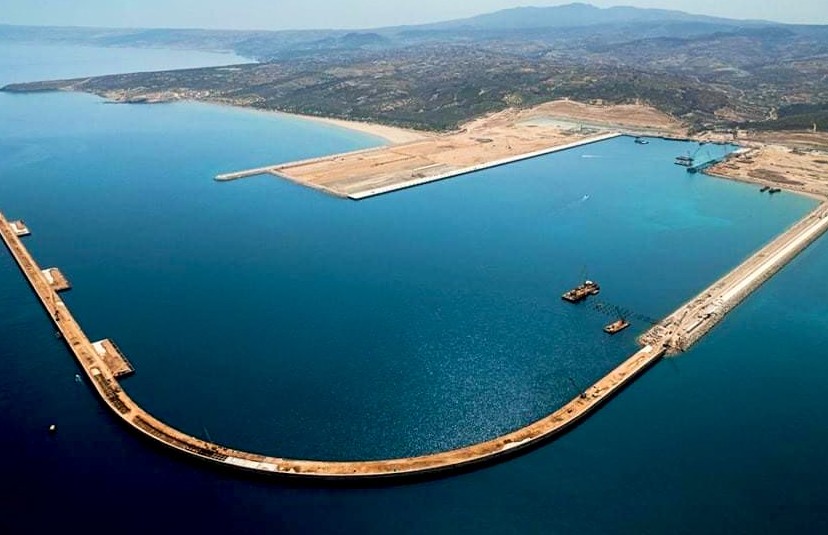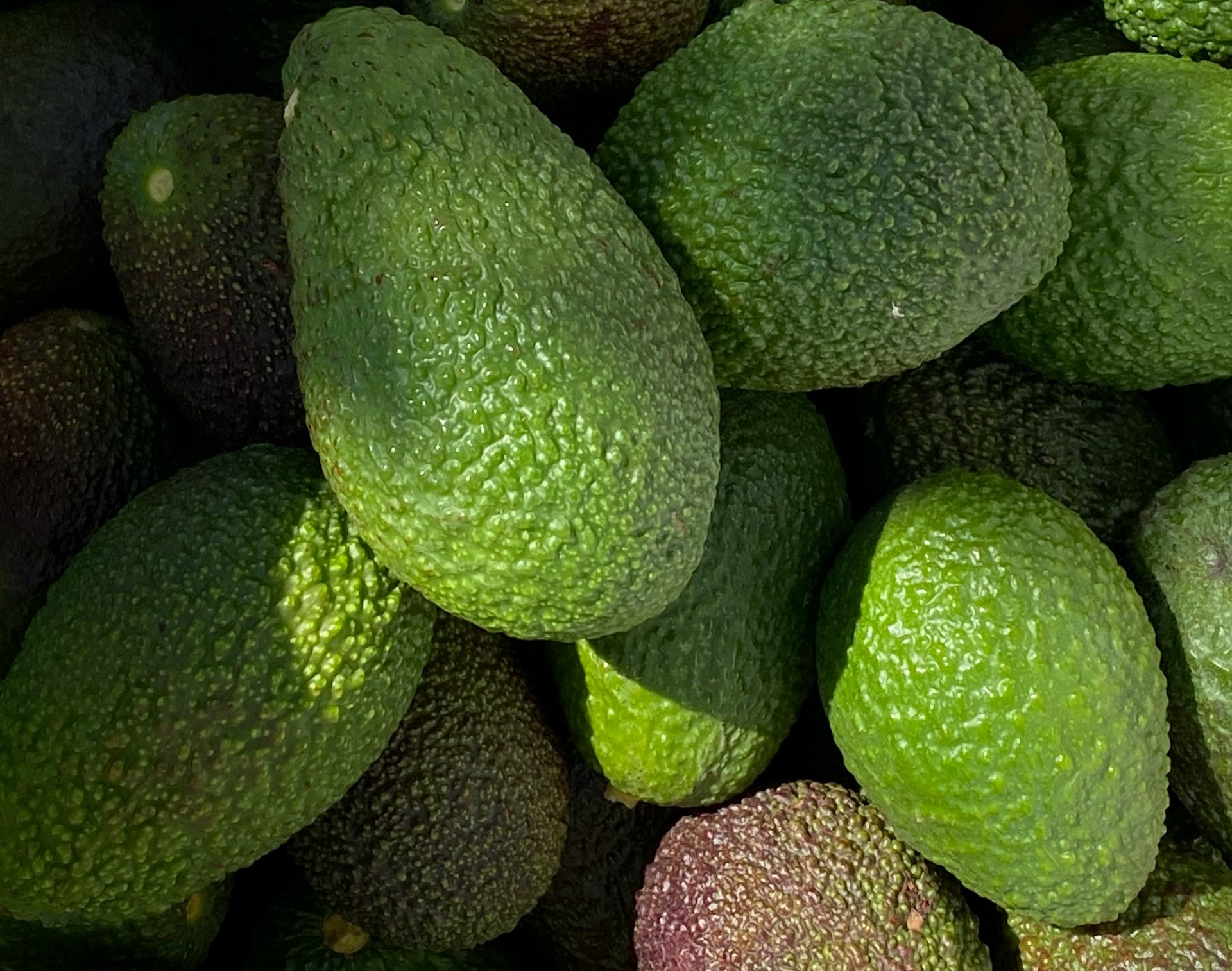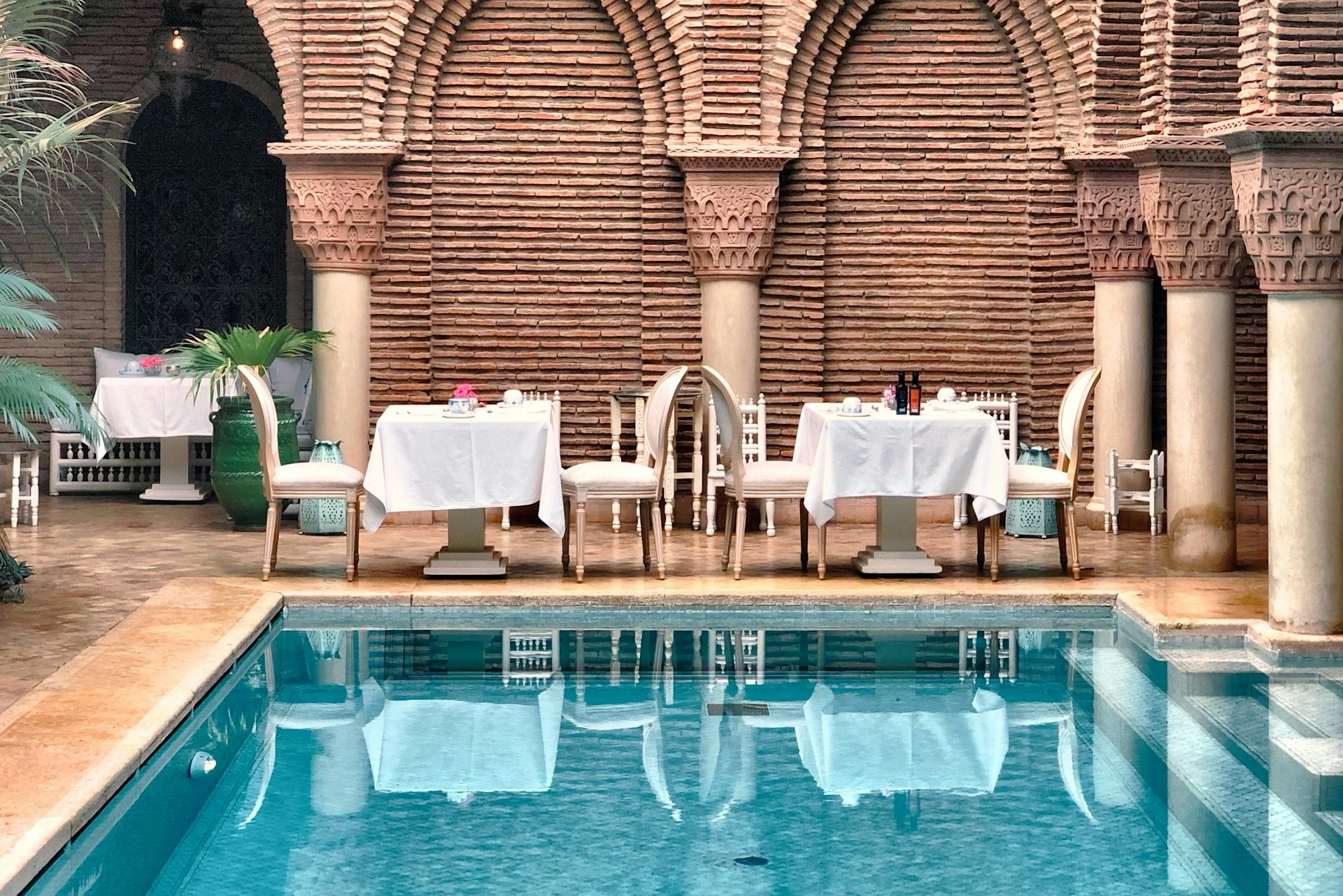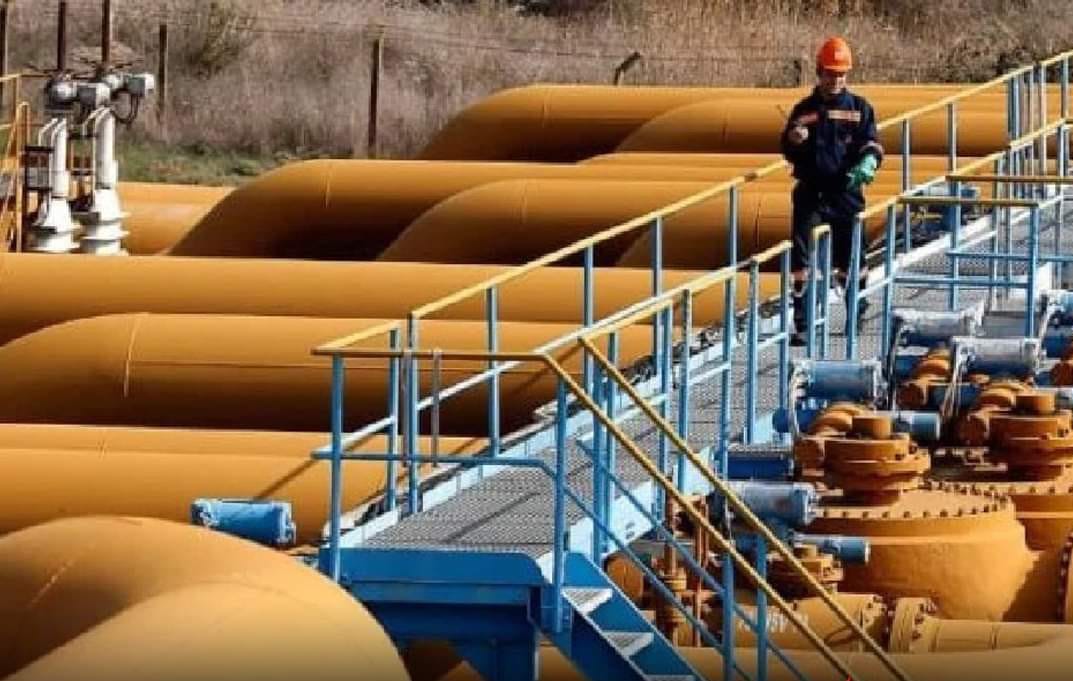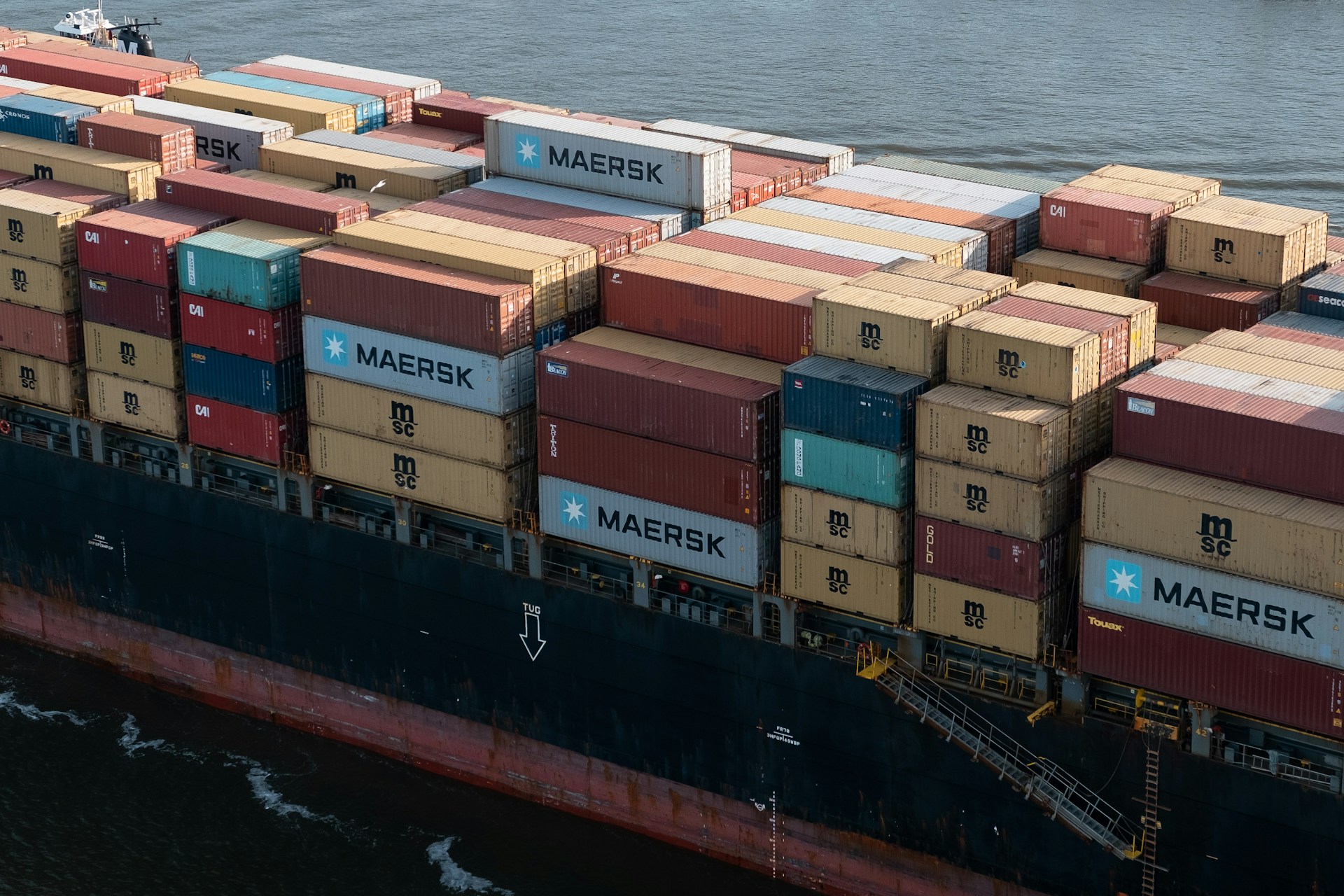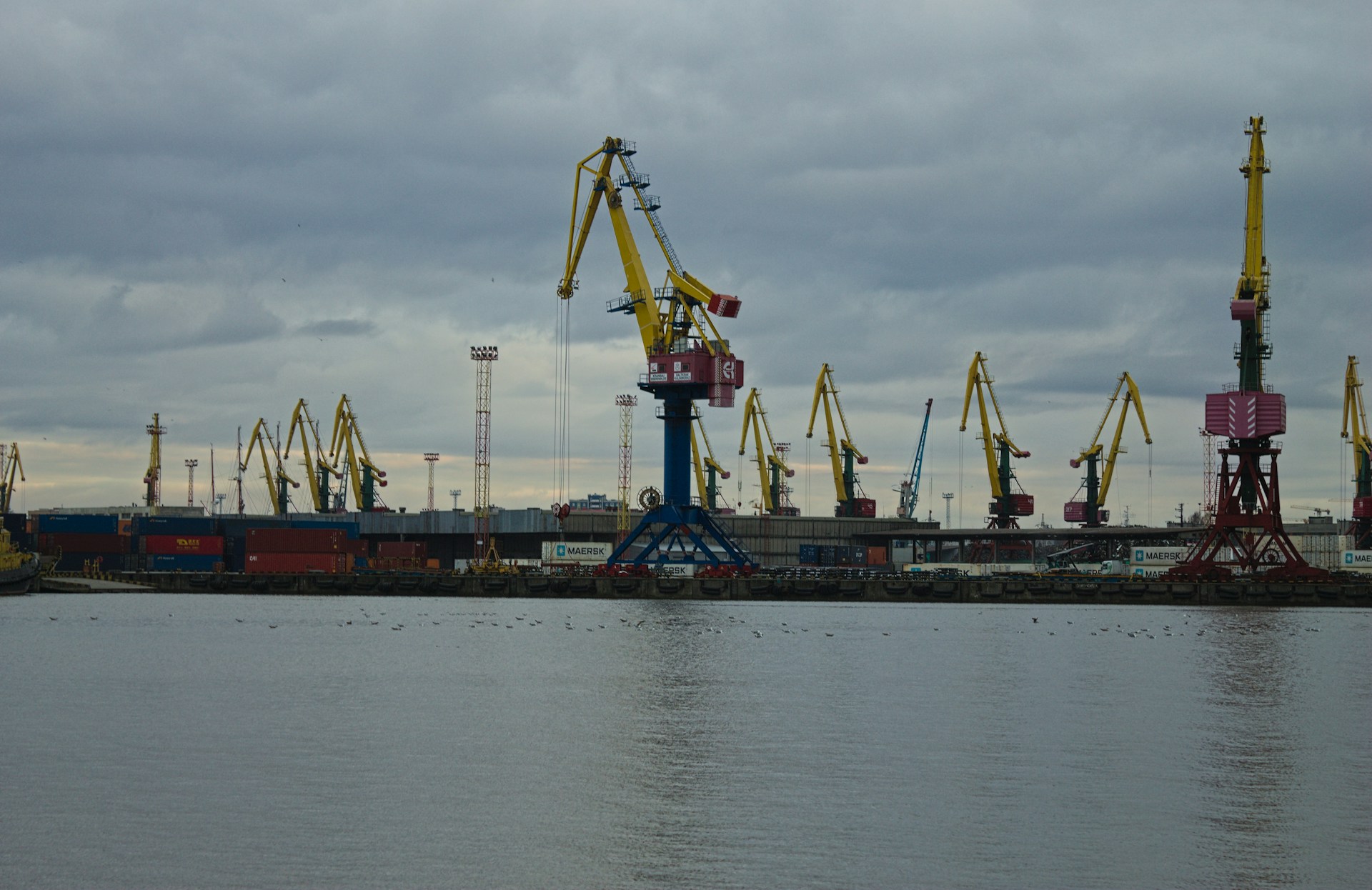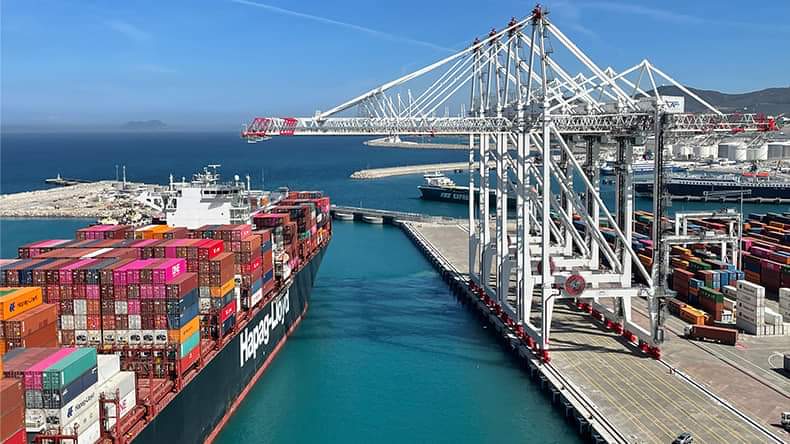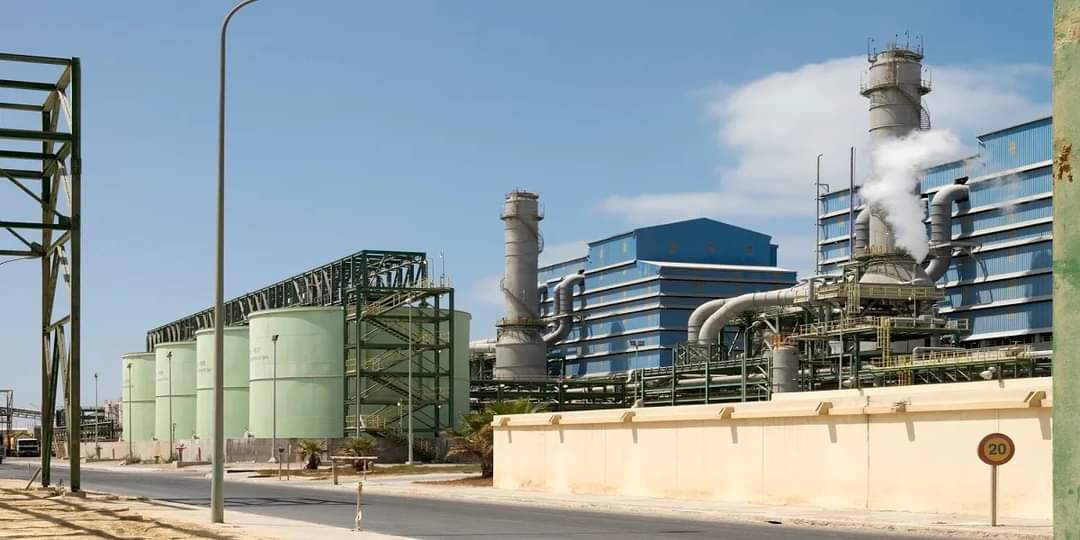Casablanca – The Nador West Med Port, one of Morocco’s most ambitious maritime infrastructure projects, is steadily approaching its operational phase, with commissioning scheduled for the end of 2026. Located on the Mediterranean coast in the Oriental region, this royal project is emerging as a cornerstone of Morocco’s long-term strategy to strengthen its logistical, industrial, and energy capabilities while promoting balanced territorial development.
Over the past months, the pace of work on the site has intensified as the project enters its final stage of construction. A series of high-level meetings in Nador — attended by regional authorities, representatives of the Nador West Med Company, and several national institutions — have reaffirmed the government’s commitment to delivering the port within the set timeframe. Officials describe the project not merely as an infrastructure investment, but as a transformative platform that will reshape the economic landscape of northeastern Morocco.
A strategic vision for connectivity and development
Conceived as a deep-water industrial and energy port, Nador West Med is designed to complement the success of Tanger Med, Morocco’s flagship maritime hub on the northern coast. While Tanger Med has become a global benchmark in logistics and transshipment, Nador West Med extends this momentum to the eastern Mediterranean, creating a balanced and integrated port network that reinforces Morocco’s position as a regional leader in trade and connectivity.
Beyond its maritime role, Nador West Med is envisioned as a driver of regional integration. Its location at the crossroads of major trade routes gives it the potential to attract industrial investments in petrochemicals, manufacturing, renewable energy, and logistics. Authorities see the project as an opportunity to diversify economic activity in the Oriental region, historically less industrialized than Morocco’s Atlantic corridor.
Progress on construction and infrastructure
According to recent updates presented by the Nador West Med Company, the main port infrastructure — including breakwaters, quays, and terminal platforms — has reached an advanced stage. The port’s operational launch is expected within roughly fourteen months, aligning with the end-of-2026 target.
Key complementary works are also progressing. The national authorities have accelerated the development of supporting infrastructure such as the new highway linking Nador to the national motorway network, the duplication of access roads, and the planned route connecting Nador to Al Hoceima. The National Office of Electricity and Drinking Water (ONEE) has confirmed its involvement in upgrading the area’s power capacity and in developing a green energy component to support the port’s long-term sustainability.
Meanwhile, the Moulouya River Basin Agency continues work on two major dams and a canal project intended to secure water supply for industrial and urban use. These efforts are being coordinated with the Ministry of Equipment and the Moroccan Highways Company to ensure integrated progress across all project components.
Building the industrial and human ecosystem
The success of Nador West Med will also depend on its ability to generate a competitive industrial and logistics ecosystem around the port. Local authorities have emphasized the need to secure land for industrial zones and to finalize related financing mechanisms. A major housing and urban planning study is underway to assess future residential demand and guide sustainable development around the port area.
At the same time, the Office of Vocational Training and Employment Promotion (OFPPT) is working with the port’s developers to design training programs tailored to the needs of upcoming industrial operators. These initiatives aim to ensure that the local workforce can benefit from new employment opportunities generated by the port’s activities.
In parallel, projects to build new fishing villages in the region are progressing, reflecting Morocco’s broader goal of integrating local communities into the development process. Authorities describe this as part of a comprehensive “territorial vision” — one that balances economic dynamism with social inclusion and environmental responsibility.
A royal project of national significance
For Moroccan officials, Nador West Med is not merely a regional infrastructure project but a national emblem of modern development policy. It embodies the continuation of a royal vision that has positioned Morocco as a leading maritime and logistics hub across both the Atlantic and Mediterranean coasts.
Once operational, the port is expected to handle substantial trade volumes, ease pressure on existing facilities, and open new corridors for energy exports — particularly in connection with renewable and hydrocarbon-related projects. It will also provide a foundation for the creation of industrial clusters capable of attracting both domestic and international investment.
Recent coordination meetings emphasized that Nador West Med stands as a showcase of Morocco’s technical capacity and institutional cooperation. Participants reaffirmed that meeting the end-2026 operational deadline is a national priority, stressing the importance of strict project management, timely execution, and active collaboration among all public and private partners.
Toward a new Mediterranean pole
As the final stages of construction unfold, optimism is rising around Nador West Med’s potential to redefine Morocco’s Mediterranean identity. The port is more than a maritime terminal — it is an integrated industrial platform, a training ground for new skills, and a catalyst for urban and territorial transformation.
By the time its first ships dock in late 2026, Nador West Med will stand as a new strategic pole in Morocco’s development map — a symbol of regional balance, national ambition, and the country’s growing role as a bridge between continents.



